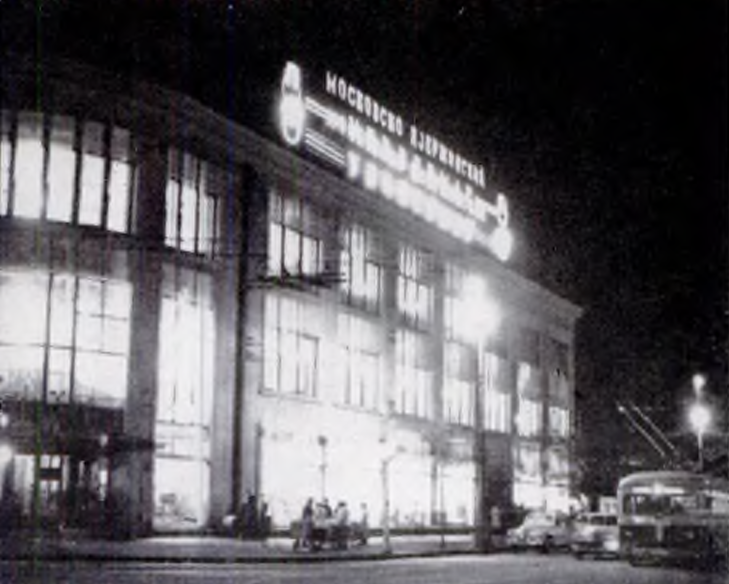Minsk liberated, July 3, 1944
- Michael Laxer
- Jul 4, 2022
- 2 min read
Updated: Jul 3, 2023

Red Army troops in central Minsk after the liberation of the city
In early July, 1944 Red Army forces were driving forward into large areas of the USSR that had been occupied by the Nazis and their allies. As part of of one summer offensive, Operation Bagration, Minsk, the capital of the Belorussian SSR, was liberated.
On July 3 the bulk of the final fighting in the city occurred and the last Nazi units were pushed out of the city's outskirts the next day.
As a Soviet account from 1974 notes:
In Minsk fighting raged throughout the whole of July 3, and the central city was cleared of the enemy only towards evening. There was jubilation in the streets, where the people welcomed their liberators with flowers. Although the city was horribly scarred, with many buildings reduced to rubble or enveloped in flames, the faces of the people beamed with happiness. They did not hide their tears of joy.
On July 5 the German Command radioed orders to its encircled forces -- one group was surrounded east of Minsk and the other southeast of the city -- to make every effort to break through the Soviet ring towards the southwest. In the course of several days they doggedly attempted to carry out these orders. In the forests and swamps Soviet troops displayed great maneuverability and flexibility, splitting and destroying the enemy forces. Small enemy groups that managed to fight their way out of the ring met the same fate. The main enemy forces were defeated or taken prisoner on July 7-8, and the remaining scattered groups were mopped up on July 9-11. The prisoners included 12 generals: three corps and nine divisional commanders.
The encirclement and defeat of the enemy forces east of Minsk was an event of major importance in the development of Soviet military art. It was the first time that in an offensive operation of the Red Army the enemy was surrounded as a result of parallel and frontal pursuit to a depth of 200-250 kilometres from the forward edge of his defences.










Comments